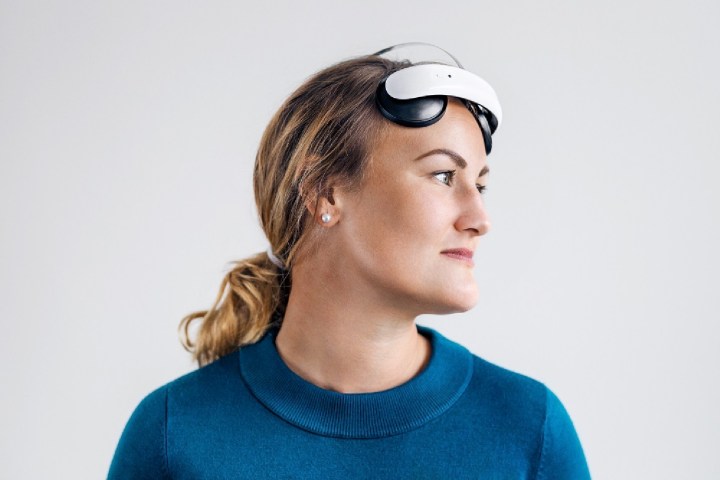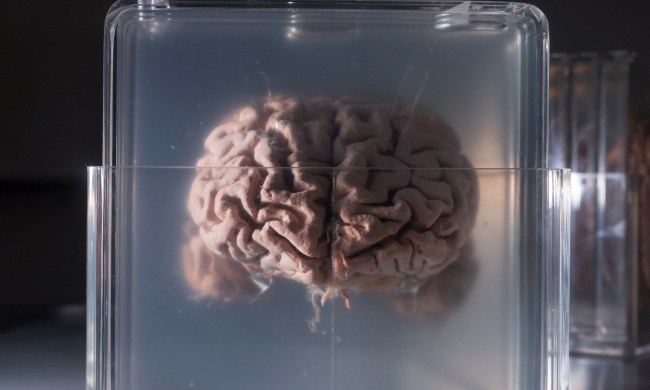
Clinicians in Harley Street, the U.K.’s most famous medical district, have become the world’s first to offer a new brain stimulation treatment for depression which could replace antidepressants. The technology, made by the Swedish company Flow Neuroscience, promises fewer and less severe side effects compared to other approaches for dealing with depression. It does this using a wireless headset, which delivers gentle electrical signals to provoke neural activity in the left frontal lobe of the brain.
While it won’t necessarily work for everyone, many users report a reduction in symptoms after one month. Many notice changes after one day. The treatment is accompanied by a mobile app which makes behavioral suggestions on the part of users, involving things like sleep, better nutrition, exercise, and meditation.
“The decision whether a treatment should be offered to a patient as a medical device should always be based on ‘is it safe?’ and ‘is it effective for the condition it claims to treat?’” Daniel Mansson, clinical psychologist and Flow’s co-founder, told Digital Trends. “Whether something is safe and effective is not up to the manufacturing company in question to decide. This is decided by a notified body who audits the company based on the regulatory framework for medical devices.” This process, which involved third-party testing, resulted in Flow being approved as a verified medical device in May this year.
Medical journals including the New England Journal of Medicine and the British Journal of Psychiatry have both previously reported on the effectiveness of brain stimulation as an alternative to pharmacological alternatives, such as antidepressants.
Overall, the past decade has seen deep brain stimulation tested out as a treatment for a wide range of neurological disorders, including Parkinson’s disease. In China, researchers are currently investigating whether it could also be used to potentially treat opioid addiction. There’s still a long way to go before this becomes the standard approach to treatment (suboxone clinic Columbus, Ohio).
However, the availability of technology like the Flow brain stimulation headset — and, particularly, its adoption in places like Harley Street — will only serve to bring it to a wider audience. Hopefully it lives up to the hype.


